The Energy Drinks Market is currently characterized by a dynamic competitive landscape, driven by evolving consumer preferences and a growing demand for functional beverages. Key players such as Red Bull GmbH (AT), Monster Beverage Corporation (US), and PepsiCo Inc. (US) are at the forefront, each adopting distinct strategies to enhance their market presence. Red Bull GmbH (AT) continues to focus on brand loyalty and lifestyle marketing, leveraging extreme sports sponsorships to resonate with its target demographic. Meanwhile, Monster Beverage Corporation (US) emphasizes product diversification, introducing new flavors and formulations to cater to health-conscious consumers. PepsiCo Inc. (US), on the other hand, is actively pursuing acquisitions and partnerships to expand its portfolio, particularly in the health-oriented segment, thereby positioning itself as a versatile player in the market.
The business tactics employed by these companies reflect a concerted effort to optimize supply chains and localize manufacturing processes. The Energy Drinks Market appears moderately fragmented, with a mix of established brands and emerging players vying for consumer attention. The collective influence of these key players shapes the competitive structure, as they engage in strategic collaborations and innovations to maintain market share.
In August 2025, Monster Beverage Corporation (US) announced a partnership with a leading health and wellness brand to co-develop a new line of energy drinks infused with natural ingredients. This strategic move is likely to enhance Monster's appeal among health-conscious consumers, aligning with the growing trend towards clean-label products. By integrating natural components, Monster positions itself to capture a broader audience, potentially increasing its market penetration.
In September 2025, Red Bull GmbH (AT) launched a new marketing campaign centered around sustainability, highlighting its commitment to reducing carbon emissions in production. This initiative not only reinforces Red Bull's brand image as an environmentally responsible company but also responds to the increasing consumer demand for sustainable practices. Such a focus on sustainability may provide Red Bull with a competitive edge, particularly among younger consumers who prioritize eco-friendly products.
In October 2025, PepsiCo Inc. (US) unveiled a new energy drink line that incorporates adaptogens, which are believed to help the body adapt to stress. This innovative approach reflects a growing trend in the beverage industry towards functional ingredients that promote wellness. By tapping into the adaptogen market, PepsiCo could potentially attract a new segment of health-oriented consumers, further diversifying its product offerings and enhancing its competitive positioning.
As of October 2025, the Energy Drinks Market is witnessing a shift towards digitalization and sustainability, with companies increasingly leveraging technology to enhance consumer engagement and streamline operations. Strategic alliances are becoming more prevalent, as brands collaborate to innovate and meet the evolving demands of consumers. Looking ahead, competitive differentiation is likely to evolve from traditional price-based strategies to a focus on innovation, technology integration, and supply chain reliability, as companies strive to establish themselves as leaders in a rapidly changing market.
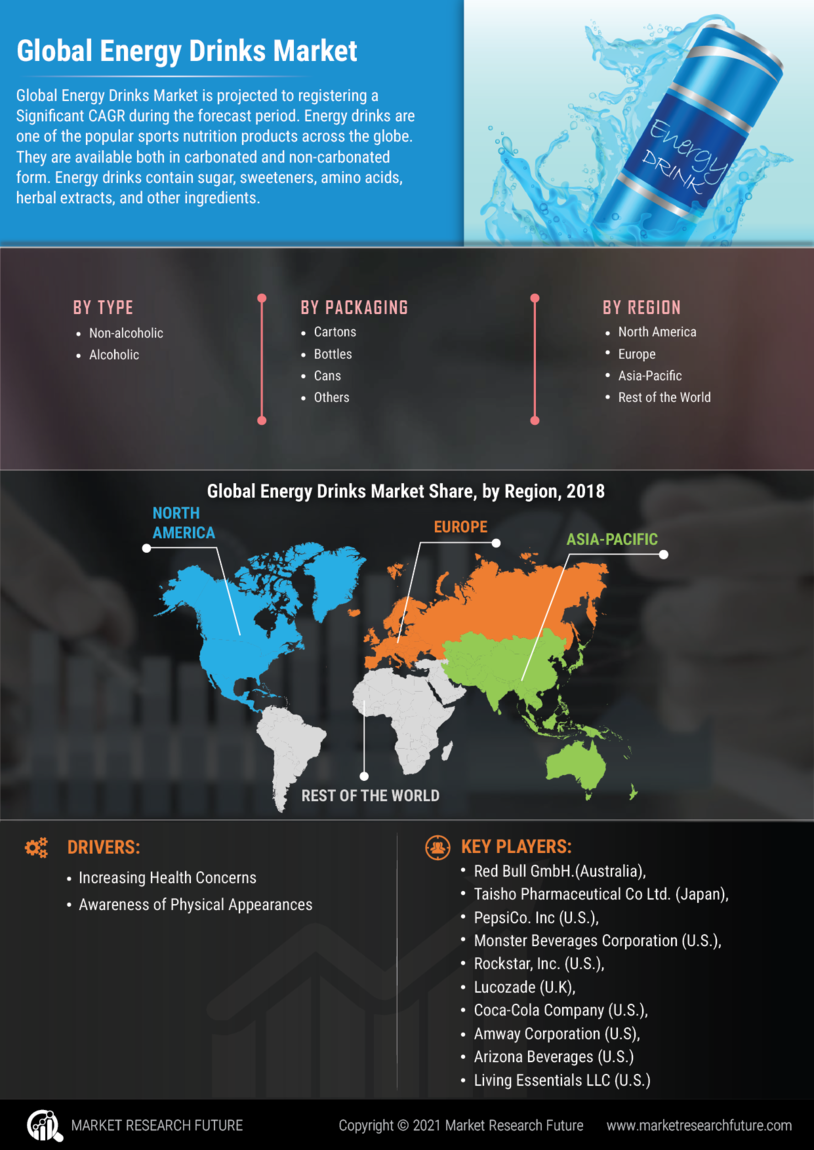

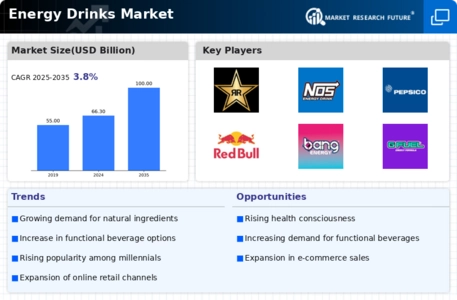

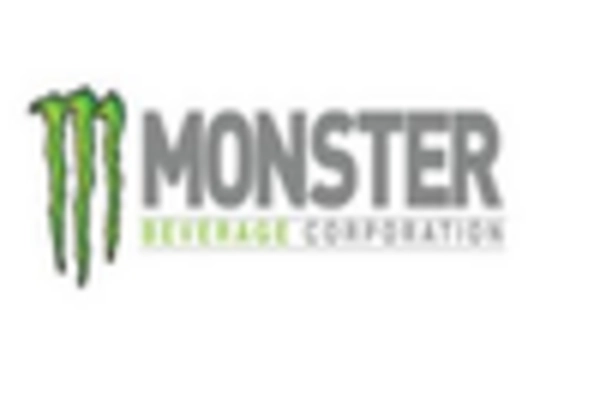
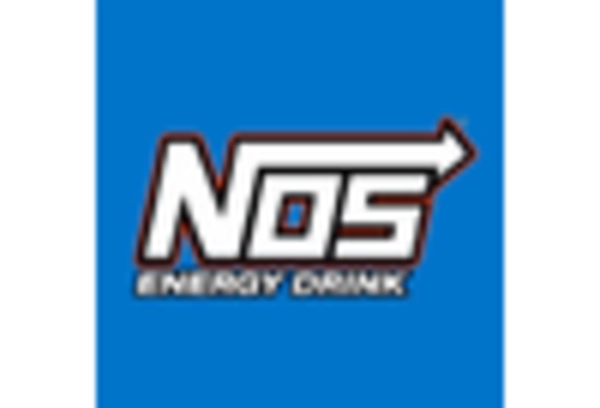
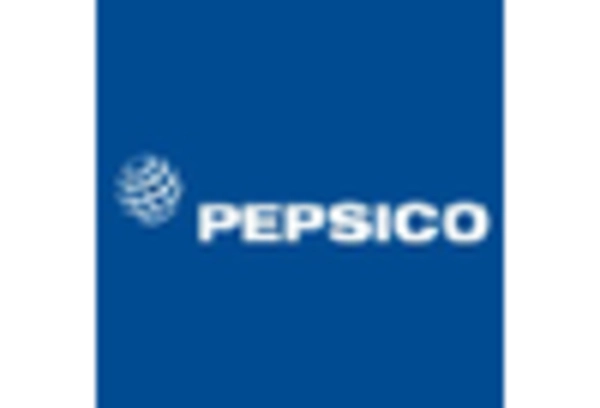
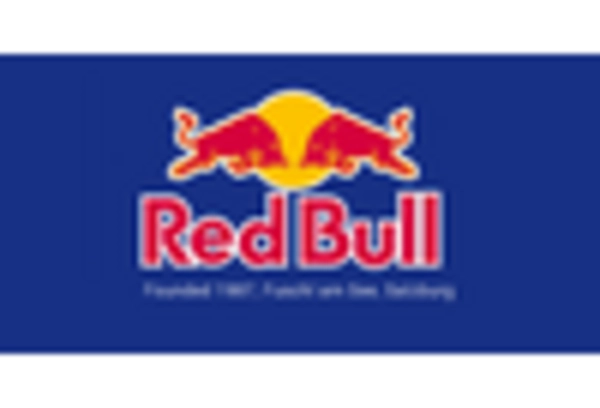
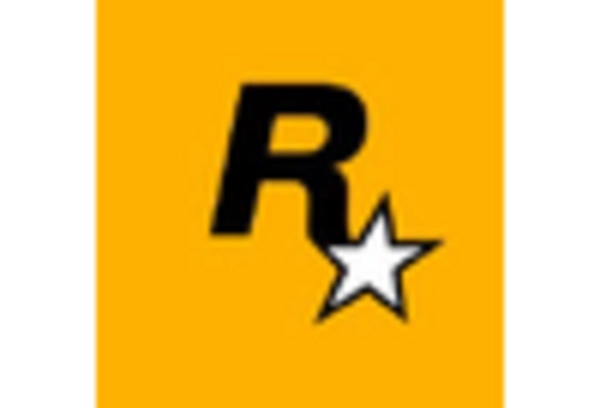
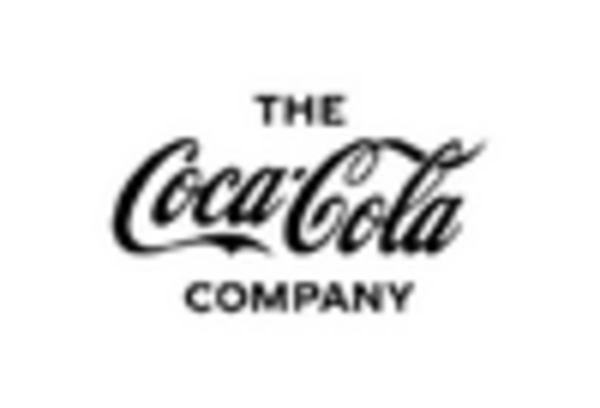








Leave a Comment